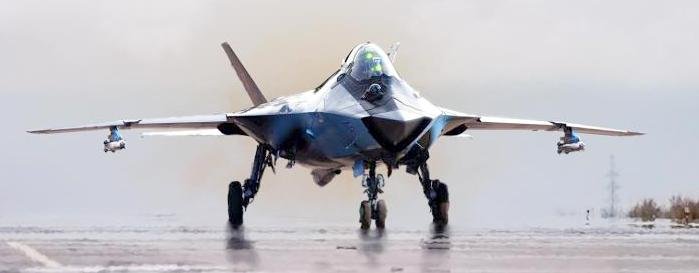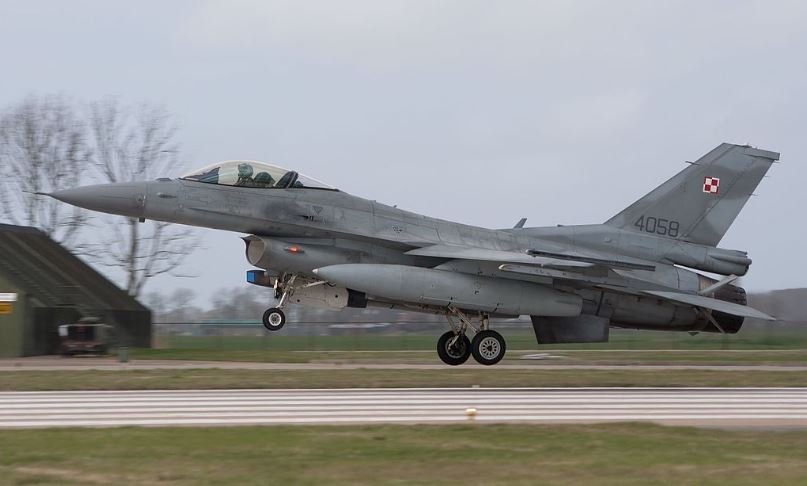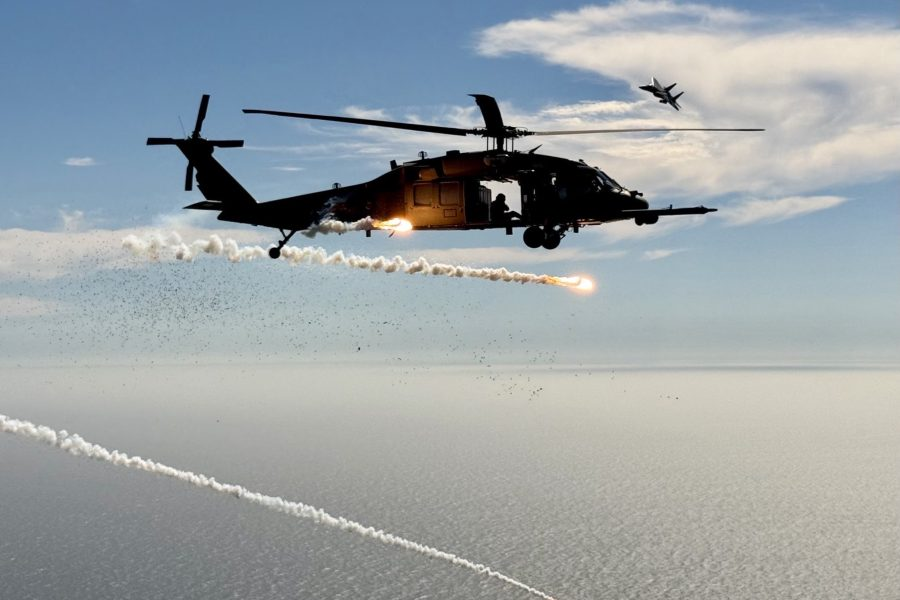
The 6th generation MiG-41 interceptor will conquer near space
US President Donald Trump recently announced the creation of a 6th generation American aircraft. How will the most militarily advanced countries react to this? In China, they are working on the White Emperor B, and in Russia they are constructing a new MiG-41.
The MiG-41 is a promising Russian 6th generation fighter, developed by MiG as part of the PAK DP (Prospective Long-Range Interceptor Aircraft Complex) program. The history of the development of the MiG-41 began in the late 1980s in the USSR, when it became clear that a new generation of fighters was needed to replace the MiG-31 interceptor.
Main stages of development
1. Soviet period (late 1980s):
• Initial design.
• Determination of the basic requirements for a new fighter.
• Planning to replace the aging MiG-31.
2. Transition period (1990s):
• The collapse of the USSR seriously affected the existence of the project.
• The economic crisis led to a reduction in funding.
• The priorities of the military aviation shifted towards cheaper and more practical aircraft.
3. Russian period (2000 – 2010):
• Official resumption of work on the project.
• New designation – PAK DP (Prospective Long-Range Attack Aircraft Complex).
• Continued research and improvement of the concept.
Planned characteristics:
• Maximum speed: up to Mach 3 (approximately 3,600 km/h).
• Maximum range: up to 30 km.
• Target detection range: up to 400 km.
• Armament: air-to-air missiles with extended range, including hypersonic ones.
As a result, despite the ambitious plans and impressive characteristics, the MiG-41 remained an experimental project in the USSR. Some of the results of the development and technologies of this project were subsequently used in other aviation programs.
Technical complexities:
• Development of new engines.
• Creation of advanced avionics.
• Implementation of management systems.
• Integration of stealth technologies.
Interesting facts:
There was talk of the ability to reach speeds of up to 7350 km/h (Mach 6), which was considered extremely doubtful. The project included the use of anti-satellite weapons. The possibility of flights at record altitudes of up to 30 km (near space) was considered.
Basic characteristics:
• Range: significantly increased compared to previous models.
• Capabilities: performing tasks in the harsh conditions of the Arctic and in near space. Project features:
1. Equipment with a long-range multifunctional anti-missile system.
2. the ability to combat hypersonic weapons.
3. The use of new stealth technologies.
4. It is planned to create both a manned and unmanned version.
Implementation dates:
• First flight: no earlier than 2025.
• Start of operation: no earlier than 2028.
Conclusion
The fighter is to replace the legendary MiG-31, which was put into service in 1981. One of the key tasks of the MiG-41 will be the destruction of satellites in near space and the interception of modern air threats at long distances. Currently, the project is in the development phase, and the necessary technologies and components are being developed to implement all the declared characteristics.


Peter Weiss


















